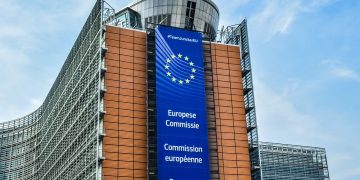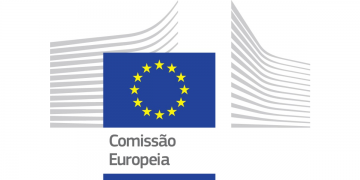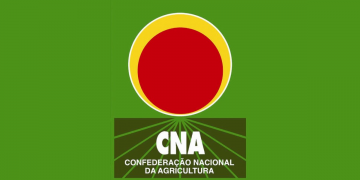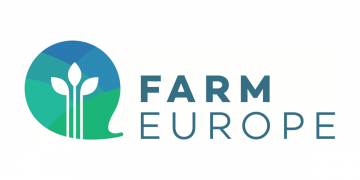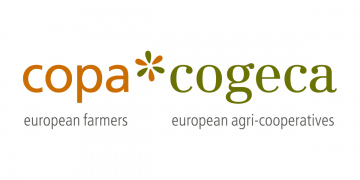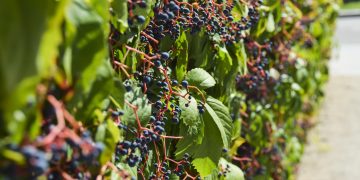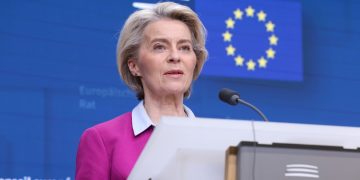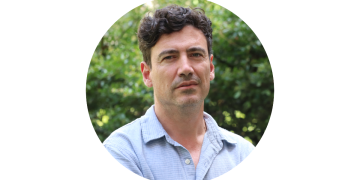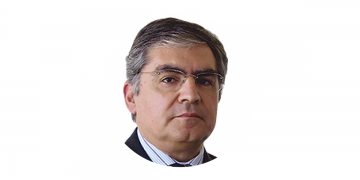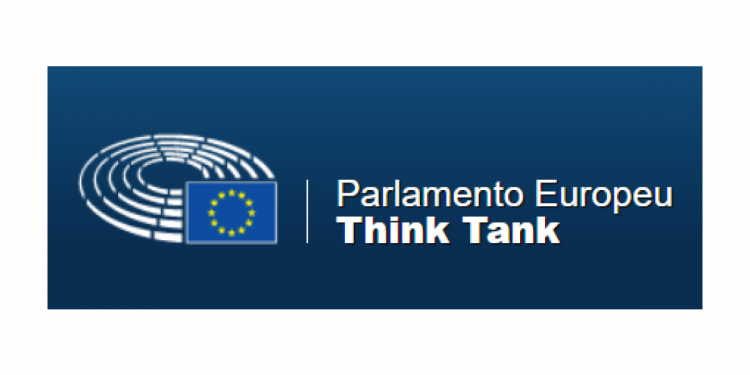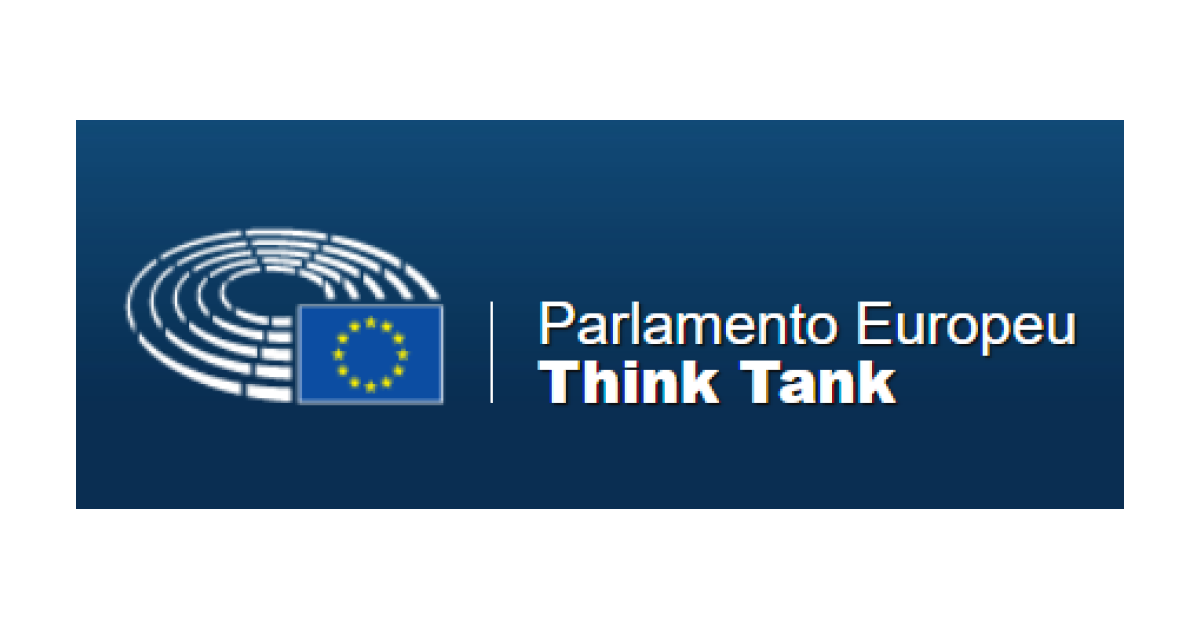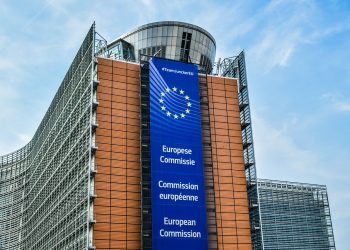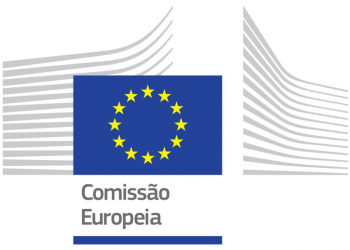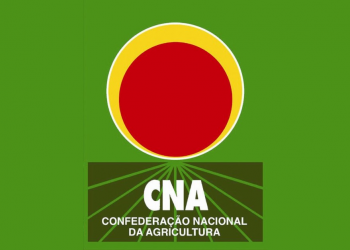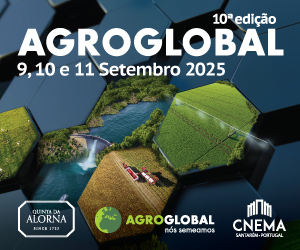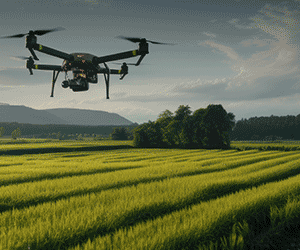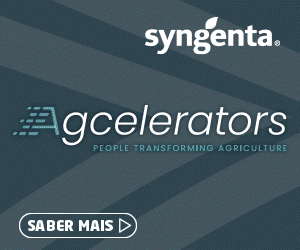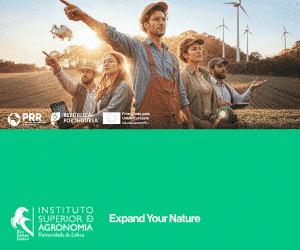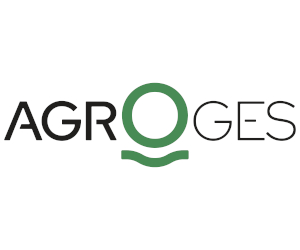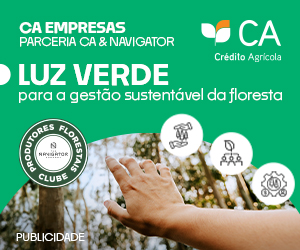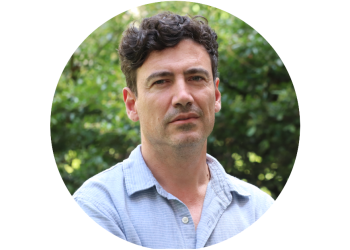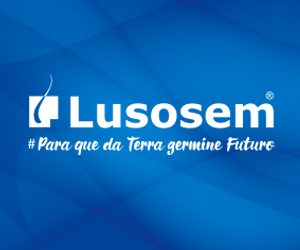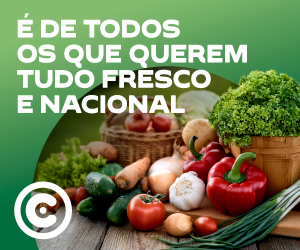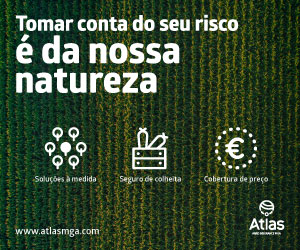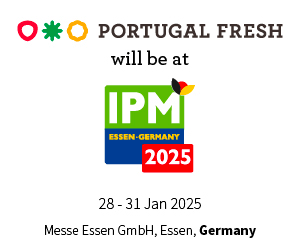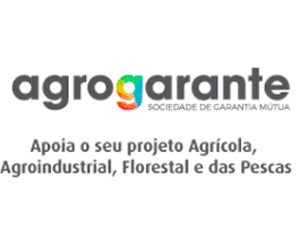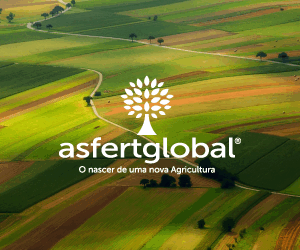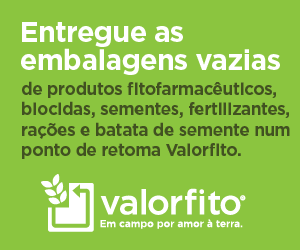The EU is the world’s largest milk producer. While milk is produced in all Member States, farm and herd sizes, yields and types of farming vary widely across Europe, from free-range farming in Alpine areas to large-scale specialised dairy farms. The EU’s dairy farmers produced 160 million tonnes of milk in 2022, 94 % of which was delivered to dairies where raw milk is processed into fresh products such as cheese or butter. The EU dairy sector must comply with a large number of rules, covering hygiene, animal health and welfare, and official controls, among other things. However, there is also a range of instruments designed to support farmers and address market imbalances. These include common market organisation, public intervention and private storage provisions, direct payments and rural development measures, as part of the common agricultural policy (CAP). The CAP also encourages and supports producers’ organisations; these use their bargaining power to stabilise prices in the sector, thereby helping to increase farm milk prices and reduce price fluctuation. In the coming years, growing EU and global demand is expected to support world dairy markets, but price fluctuations and market imbalances will continue to be problematic. Resilience and sustainability are key for the future of the sector. This can be achieved through innovation, as a way to reconcile the need for farmers to earn a decent living, consumer demand for affordable and quality dairy products, and environmental and animal health requirements. This briefing updates a previous edition by Marie-Laure Augère-Granier, published in December 2018.
→ Aceda aqui ao documento ←
O artigo foi publicado originalmente em Think Tank.

